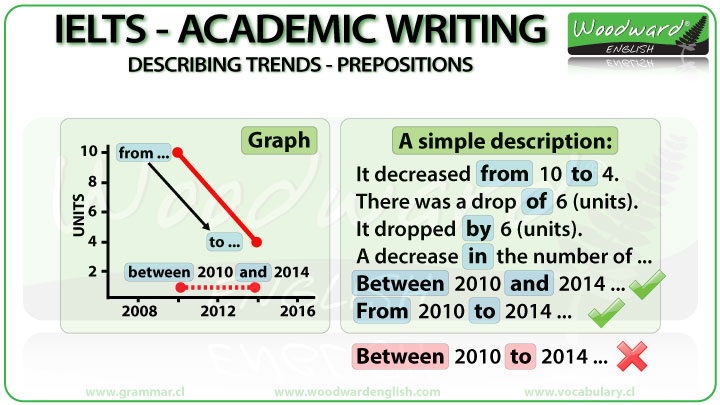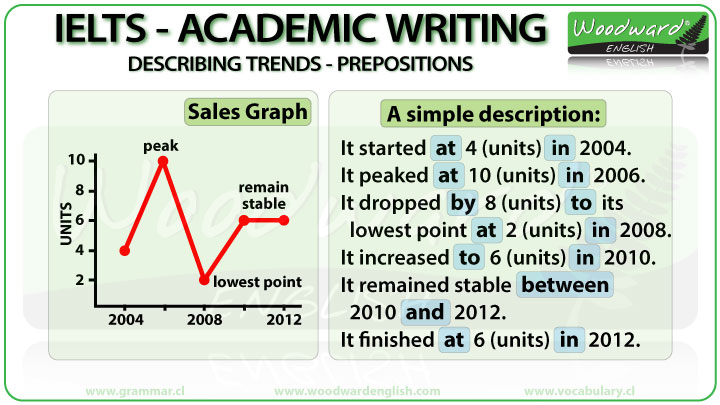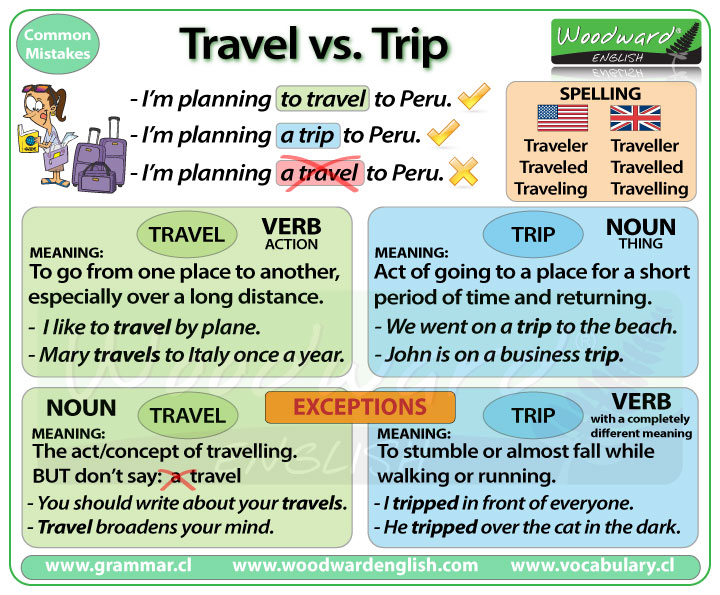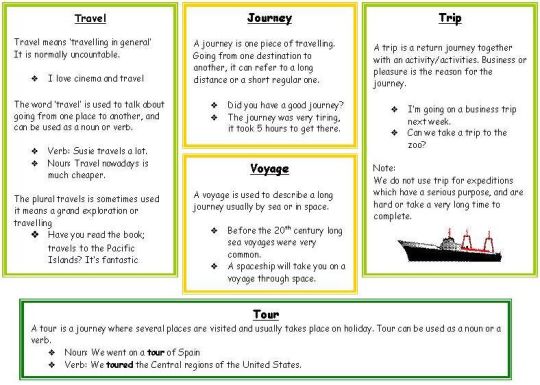1) increase/ rise/ decrease/ fall + IN... when we do NOT specify a number
(noun)
2) increase/ rise/ decrease/ fall + OF...when we specify a number
(noun)
(NO specific number)
e.g: There has been an increase in the number of students here this semester.
e.g: There has been an increase of 500 students here this semester.(specific number)
e.g: There was a 70% increase in sales of emergency kits sold in 2012.
e.g: There was an increase of 70% in sales of emergency kits sold in 2012.
3) increase/ decrease + FROM X (the first amount) TO Y (the final amount).
(verb)
4) increase/ decrease + BY (amount).
(verb)
e.g:Sales increase from 100 to 130 units.
So, sales increase by 30 units.
BY+ the amount of change between two periods of time or values.
BY is optional before a percentage.
e.g: Sales increased by 30%.V
e.g: Sales increased 30%. V
5) decline + BY VS. decline + TO
(verb) (verb)
BY is used to show the different between the two numbers.
To is used to show the end point.

*Sometimes we don't use the "from" part as that number has already been mentioned in a previous part.
6) IN + Month
IN + Year
IN+ the(first, second, etc.) QUARTER
(A quarter is a period of 3 months of the year)
BETWEEN X AND Y
(For a range of time , X=start time, Y=end time)
SINCE + START TIME
(...and continues until now)
e.g: IN April
e.g: IN 2017
e.g: Profits increased IN the second quarter.
e.g: Wedding dress can cost between $1000 and $2000.
e.g: We fall in love since 2015.
See our lesson about the difference between FOR and SINCE.
7) Start + AT
Begin + AT
End + AT
Finish + AT
e.g: Initial prices started at $300 per unit.
e.g: Production began at 70 units per day in March.
e.g: Production ended at 90 units per day in August.
Peak + AT
e.g: Crime peaked at 200 incidents per night in April.
Remain constant or steady+ AT
e.g: Over the last decade, the population of the town has remained steady at around 10,000 inhabitantsOver / During + Time period
e.g: Sales increased over the next three months.
= Sales increased during the next three months.

There was a drop of 6 (units).
NOUN + OF
It dropped by 6 (units).
VERB + BY




